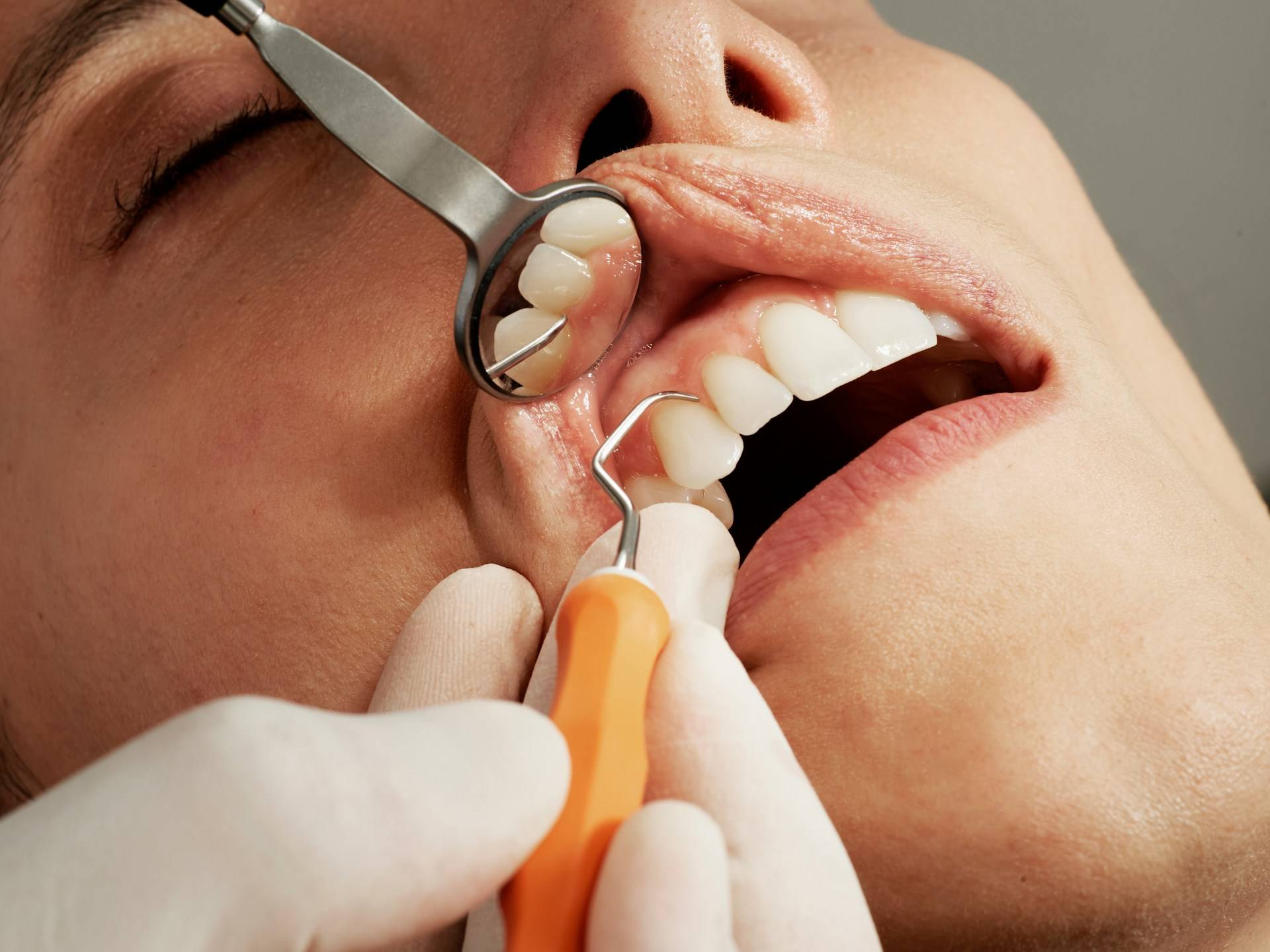
Table of contents
- 1. What is an Abutment Implant?
- 2. The role of Abutment in implant placement
- 3. Popular types of Abutments
- 4. Abutment material
- 5. Abutment attachment process
- 6. Care after Abutment installation
- 7. Common problems with Abutments
- 8. Abutment replacement/repair costs
- 9. Frequently Asked Questions about Abutment Implant
- 10. Conclusion
- Have questions about Abutment Implant?
1. What is an Abutment Implant?
The abutment is a small cylindrical part that acts as a bridge between the implant in the jawbone and the crown on top. Imagine:
– The implant is like an “artificial tooth root” inserted into the bone.
– Abutment is like a “support base” attached to the implant pillar.
– Porcelain crowns are like “false teeth” attached to the abutment.
Abutments are usually made of titanium or zirconia, and are sized and shaped to fit each patient.
2. The role of Abutment in implant placement
Abutment has 3 main functions:
– Firm connection: Helps the denture crown adhere firmly to the implant.
– Distribute chewing force: Transmit force from dentures to jaw bone, preventing bone loss.
– Aesthetics: Creates natural gum shape around teeth.
3. Popular types of Abutments
3.1. Standard Abutment (Stock Abutment)
– Advantages: Available, cheap.
– Disadvantages: Less optimal in shape.
3.2. Custom Abutment
– Advantages: Custom designed according to jaw structure, increasing aesthetics.
– Disadvantages: Higher cost.
3.3. Temporary Abutment (Healing Abutment)
Used during the healing phase to help shape the gums.
4. Abutment material
| Material | Advantage | Disadvantages |
| Titanium | Durable, suitable for molars | May reveal metallic color |
| Zirconia | High aesthetics, no color fading | High cost |
| Yellow | High durability | Unnatural color |
5. Abutment attachment process
1. Phase 1: Implant the implant into the bone, wait 3-6 months for the bone to heal.
2. Phase 2: Open the gums, attach the abutment to the implant.
3. Phase 3: Take dental impressions and make porcelain crowns.
4. Stage 4: Attach the porcelain crown to the abutment.
6. Care after Abutment installation
– Oral hygiene: Use a soft toothbrush and dental floss.
– Diet: Avoid hard, chewy foods for the first 1-2 weeks.
– Follow-up: Return for a check-up if pain, loose abutment, or swollen gums occur.
7. Common problems with Abutments
– Loose abutment: Due to loose screws.
– Gum irritation: Abutment size is not suitable.
– Abutment wear: Occurs after many years of use.

8. Abutment replacement/repair costs
– Standard abutment: 2-5 million VND.
– Custom abutment: 5-10 million VND.
9. Frequently Asked Questions about Abutment Implant
1. Is Abutment attachment painful?
Painless because of anesthesia. After the procedure, you may have some slight soreness.
2. How long does an abutment last?
20-30 years if well cared for.
3. Do I need to change the Abutment when changing the porcelain crown?
No. Abutments are only replaced when damaged or need to be resized.
10. Conclusion
Abutment plays a key role in determining the durability and aesthetics of dental implants. Choosing the right abutment will help you have strong teeth and a confident smile.
Have questions about Abutment Implant?
👉 Please share your questions via the Readers' Comments form on the Sakura Dental website. The Sakura team will answer in detail! 💬



